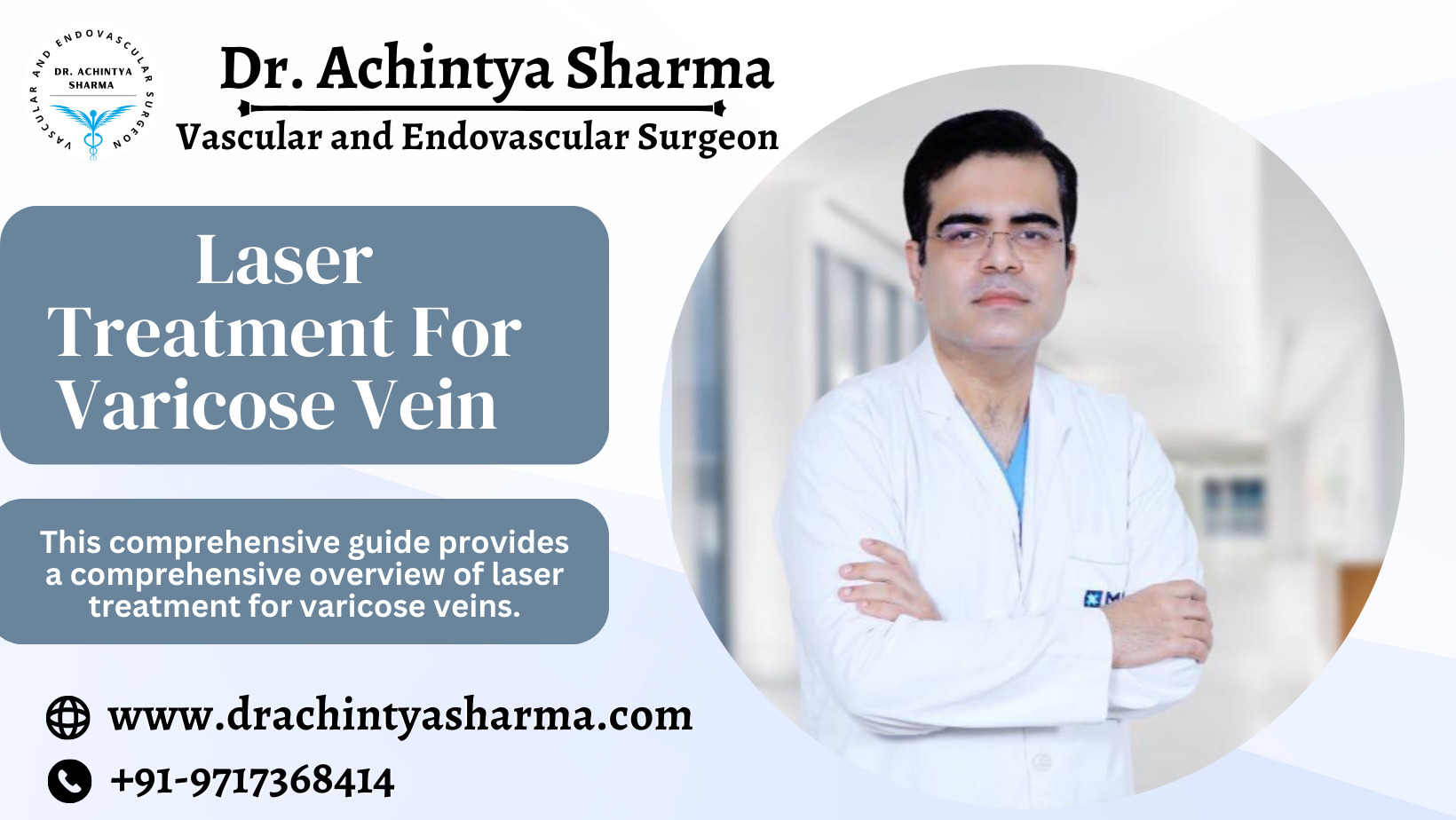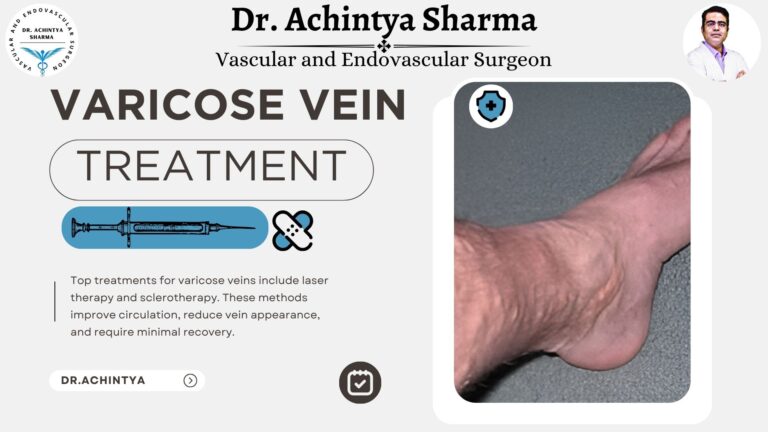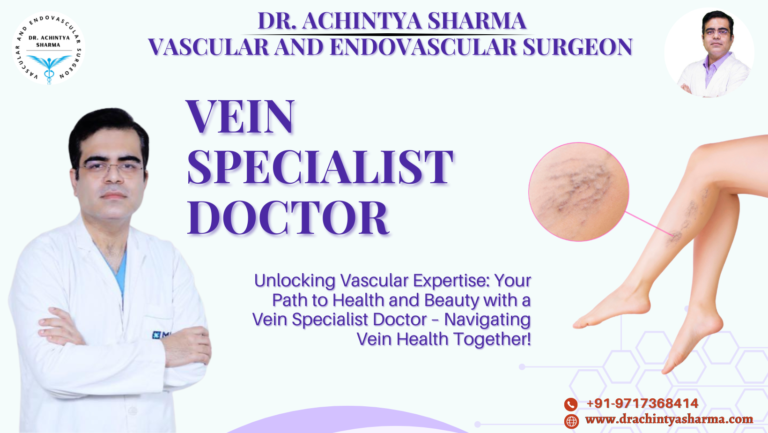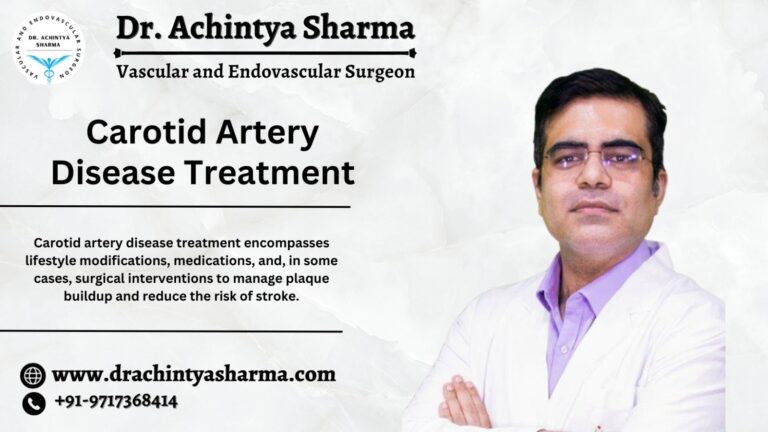What Are Varicose Veins?
Varicose veins are a common vascular condition that can affect anyone, causing discomfort, pain, and aesthetic concerns. Fortunately, modern medical advancements have brought about various treatment options, one of which is laser treatment. In this comprehensive guide, we will delve into the world of laser treatment for varicose veins, exploring what it is, how it works, its benefits, and what to expect during and after the procedure.
Varicose veins are enlarged, twisted veins that typically appear blue or dark purple, often found on the legs. They develop when the valves in the veins malfunction, causing blood to pool and the veins to swell. Common risk factors for varicose veins include genetics, age, pregnancy, obesity, and prolonged standing or sitting.
Laser Treatment: A Minimally Invasive Solution
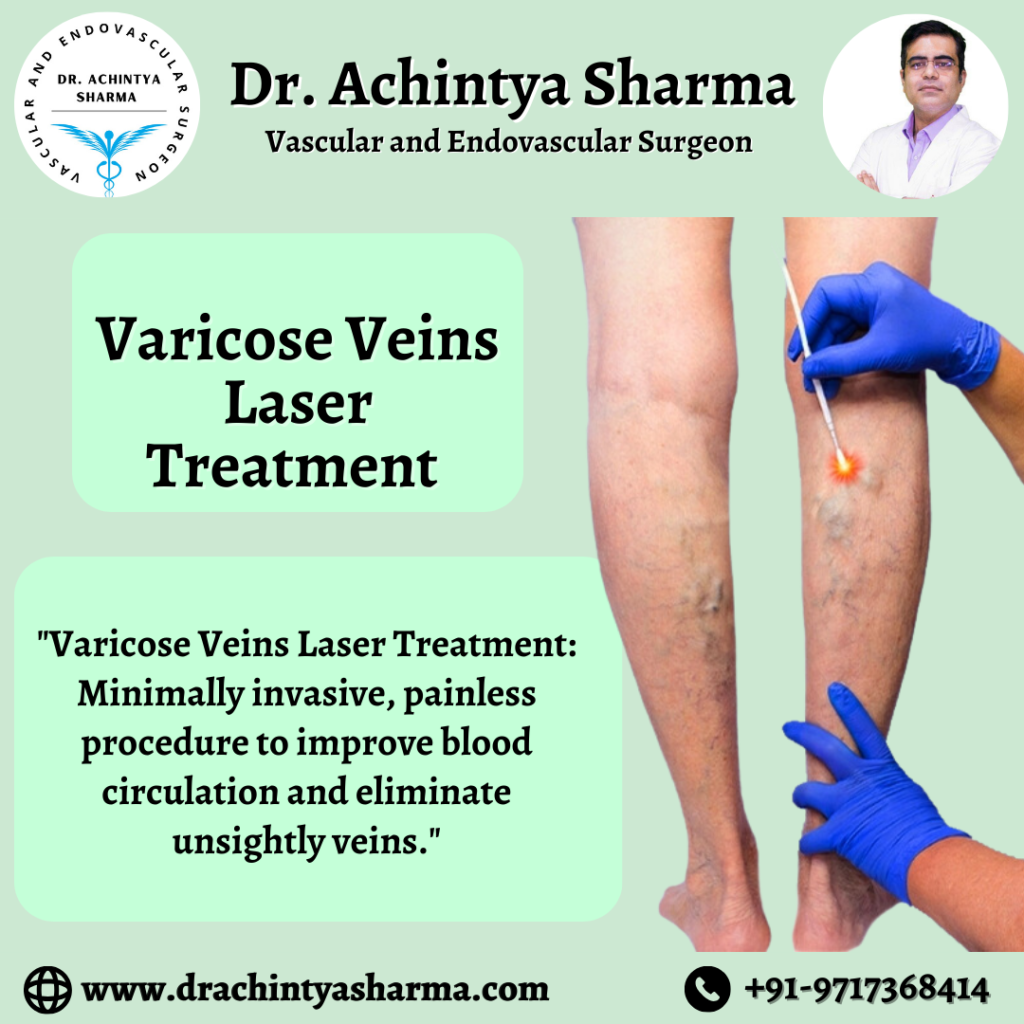
Laser treatment, also known as endovenous laser therapy (EVLT) or endovenous laser ablation (EVLA), is a minimally invasive procedure designed to close off and eliminate varicose veins. Unlike traditional surgical methods, laser treatment offers several advantages, including:
1. Minimal Discomfort:
Laser treatment is usually performed under local anesthesia, which minimizes discomfort during the procedure. Patients can often return to their normal activities within a day or two.
2. No Scarring:
As it is minimally invasive, laser treatment typically results in little to no scarring compared to traditional vein-stripping surgeries.
3. High Success Rate:
Laser treatment has a high success rate in closing off problematic veins, reducing symptoms, and improving the appearance of the legs.
How Laser Treatment Works
1. **Preparation:** Before the procedure, your doctor will perform a thorough evaluation of your veins using ultrasound. This helps them locate the problematic veins and plan the treatment.
2. **Local Anesthesia:** You’ll receive local anesthesia to numb the area around the targeted vein, ensuring you remain comfortable throughout the procedure.
3. **Laser Fiber Insertion:** A thin laser fiber is inserted into the affected vein through a tiny incision, usually near the knee.
4. **Laser Energy:** The laser emits a focused beam of energy that heats the vein’s walls, causing them to collapse and seal shut.
5. **Closure:** Once the laser treatment is complete, blood flow redirects to healthy veins, and the problematic vein is gradually absorbed by the body.
Aftercare and Recovery
After the laser treatment, you can typically return home on the same day. Here are some key points to keep in mind during the recovery process:
– **Compression Stockings:** You may be advised to wear compression stockings for a specific period to support healing and reduce swelling.
– **Physical Activity:** Light walking is encouraged to promote blood circulation, but strenuous activities should be avoided for a few days.
– **Follow-up Appointments:** You’ll likely have follow-up appointments with your doctor to monitor your progress and ensure the treated vein has closed successfully.
Potential Risks and Complications
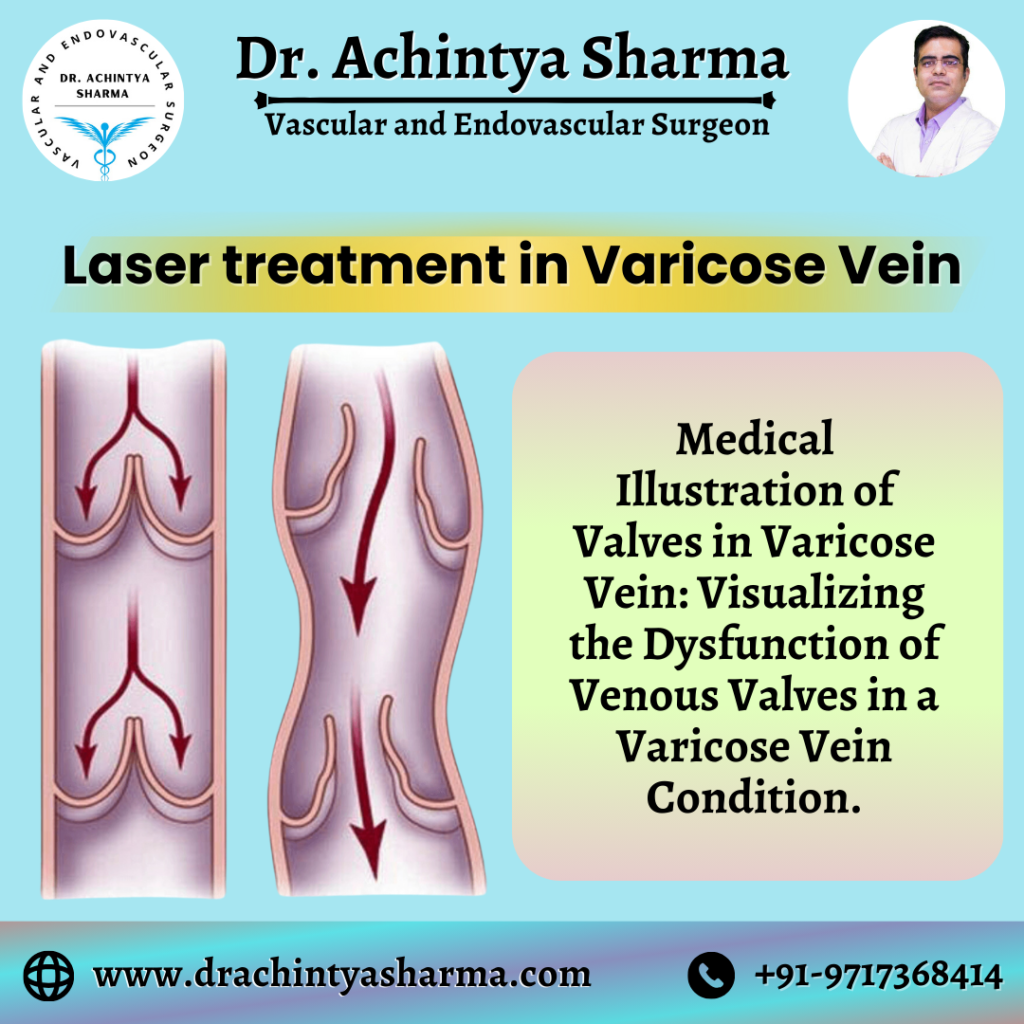
While laser treatment is generally safe and effective, like any medical procedure, it carries some risks. These may include:
– **Bruising and Swelling:** Temporary bruising and swelling around the treated area are common but usually subside within a few weeks.
– **Nerve Injury:** Rarely, nearby nerves may be affected, leading to temporary numbness or tingling.
– **Recurrence:** In some cases, varicose veins may reoccur over time, requiring additional treatment.
Conclusion
Laser treatment for varicose veins is a promising, minimally invasive option for those seeking relief from the discomfort and appearance of varicose veins. If you’re considering this procedure, it’s essential to consult with a qualified vascular specialist who can assess your condition and discuss the most suitable treatment plan for you. With proper care and attention, you can regain healthy, beautiful legs and enjoy a better quality of life.

